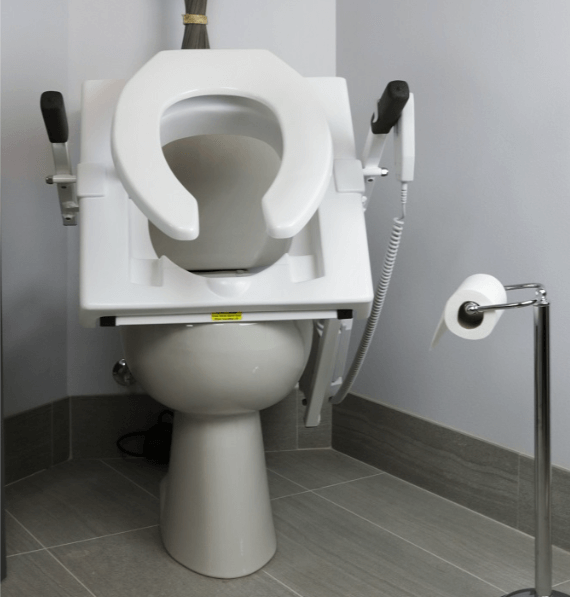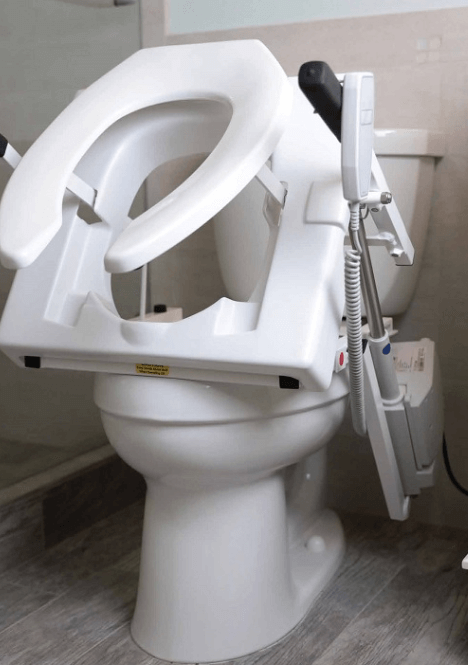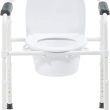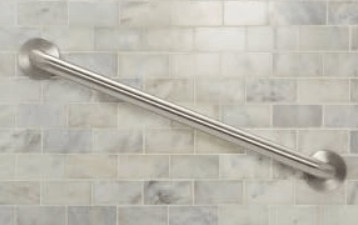Many seniors, due to several health issues, have problems in using the toilet.
To some extent, this is a problem that can be solved, affording the senior greater independence and comfort.
As there is a vast variety of toilet seat raisers available in the market, you need to put your research in place to select the right one for your circumstances.
Here are some essential requirements that you need to keep in mind before zeroing in on the toilet seat lifter you should buy.
How to Select Toilet Incline Lift ( seat lifters ):

A toilet seat lifter is a type of assistive device designed to raise the height of a toilet seat to make people with mobility issues to sit down or stand up from the toilet easily. It does this gradually, since it is motorized, and useful when the senior needs just some assistance.
These toilet seat lifters may be electric or battery-operated models. They require just the press of a button that may be on the arm or using a remote.
While this kind of toilet seat lifter is user-friendly for people with disability issues, post some surgeries, or seniors with reduced mobility, you do get a selection in this category.
For the utmost comfort, you have to ensure that certain parameters are met. These include:
1. Height Adjustment: In order to minimize strain when sitting down or standing up, the height of the toilet seat lifter should be comfortable for the person who is using it. A taller person may require a lifter of a different height than a shorter person. Some seats are adjustable, others are of a fixed height.
2. Weight Capacity: The device should be strong and stable enough to bear the weight of the person. Most lifters can comfortably hold 300-350 pounds. You will be compromising on safety and stability if you get a toilet seat lifter that is too flimsy or lightweight to comfortably bear the weight of the person using it.
3. Cycle Time: This is important when the seat is automatically raised, using a remote or button. It should take 15-20 seconds to slowly lift the person so that he or she feels secure.
4. Kind of Activation: Toilet seat lifters can be manually activated (the user lifts or lowers it by hand) or automatically activated (the device is operated by a button, sensor, or switch). Your choice will depend on the senior’s physical capabilities.
5. Safety: A toilet seat lifter with handrails may be safer if the senior has difficulty in sitting and standing as it offers an additional layer of security and better stability.
Safety Recommendations for the Use of Toilet seat lifters:
- Combine a seat lifter with a handrails can be excellent idea to add better stability to the senior.
- Cleaning the lifter regularly is mandatory.
Models of Toilet Seat Lifters For Seniors:
A wide range of models of toilet seat lifters or raisers are available online. These include:
1. One model in this kind comes with bars on both sides that make it easier for the senior to get up and sit down. The height of this kind varies from 3.5” to 5”, so you have to decide which one will be comfortable for the elderly to use. They are easy to use and may come with a lock as well to offer greater stability. Some of them come with removable arms.
2. A more advanced version of the toilet seat raiser is battery-powered. It rises at the press of a button that is conveniently placed on the handles. As it is motorized, it is easier to use with button.
3. A highly advanced model in this category features inclined seats and a remote control, making it easier for disabled seniors to stand up from a sitting position or sit from a standing position.
4. Battery-powered toilet seats feature batteries that are easy to recharge. Some models come with two batteries so you always have one that is charged for use. Some of these also come with the feature of being plugged into electricity, so there is no fear of the battery running out.
5. Additionally, you can also get models that feature heated seats.
If you have a caregiver (or you are the caregiver), you will be aware of what kind of disability your senior parent faces, and what is the kind of toilet seat lifter that will help.
Finally:
When you need a toilet seat raiser for your senior parent or grandparent who has mobility issues, you require something easy to use and, hopefully, allows the senior some degree of privacy while using it.
If your senior has a caregiver and needs help going to the toilet, then this can reduce the strain on the caregiver as well.
Before buying one, these are additional ( and important ) factors to keep in mind:
Price : Budget can be a big constraint, more so when you have to spend out of pocket, if insurance does not cover the cost.
Senior disability : How disabled is your senior? If there are minor mobility issues for standing and sitting, then using a cheaper alternative may work. For major issues, including post-surgery, you may want a more expensive and usable solution.
Comfort and privacy : If the senior is mostly independent and wants privacy in the toilet, you will have to find a solution that solves both the senior’s issues and fits the budget. Sometimes, just strategically placed grab bars or toilet seats with handles can be useful. However, for increased disability in walking and movement, whether a caregiver is involved or not, you may need to spend more for greater comfort and convenience.
Installation : Is the device easy to install or do you have to call in an expert to handle the installation? For some motorized versions, you may need a plug point in the bathroom and this should be safe for use and accessible to the device. If you do not have an existing plug point, you may need an electrician to put one in.

A seasoned SEO specialist and a writer for gaming, senior well-being, and ride-on toys. With an analytical mind, sharpened by 14 years of experience as a finance controller. His unique ability to create engaging content is only exceeded by his skill in leveraging SEO strategies, a talent driven by his love for numbers and patterns.









